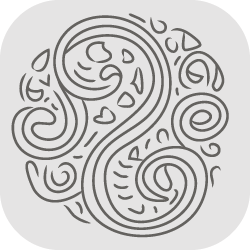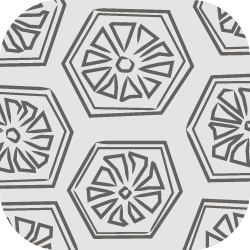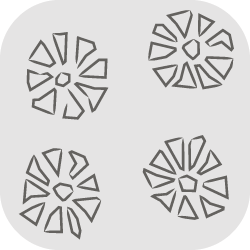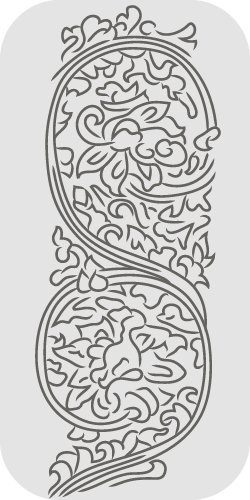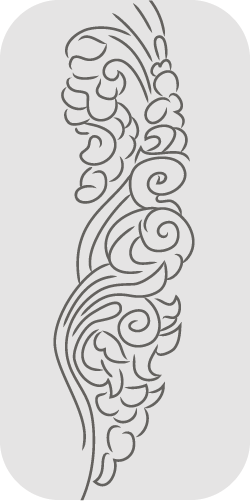- Object Date
- Goryeo 고려 高麗 dynasty (918–1392), late fourteenth century
- Medium
- Hanging scroll; ink, colors, and gold on silk
- Dimensions
- Image: 158.3 x 86 cm (62 5/16 x 33 7/8 in.)
Overall: 249 x 110 cm (98 x 43 5/16 in.)
- Credit Line
- Gift of Mrs. Gustav Radeke (Eliza Greene Metcalf Radeke)
- Collection
- Rhode Island School of Design Museum
- Accession Number
- 17.378
- Apparatus
- Outer acrylic box; muslin wrapper
- Remarks
(Undated copy of original catalog card, collection file) Chinese, Sung [Song] 宋 dynasty (960–1280 [1279]); Kakemono 掛物 “Kwannon [Kannon] 觀音 of the Willows (Willow-Branch Avalokiteshvara),” style of Wu Tao-tzu [Wu Daozi] 吳道子 (Jp. Go Doshi) (act. ca. 710–760). See Kannon 觀音 (Kr. Gwaneum 관음) by Yen Li-pen [Yan Liben] 閻立本 (ca. 600–674) in Freer Collection, Ernest Fenollosa. Epochs of Chinese & Japanese Art, An Outline History of East Asiatic Design. London: Heinemann, 1921. Vol. 1: 122.
(Tung Wu 呉同, March 23, 1990) Probably Korean, late Koryo [Goryeo] 고려 高麗 or very early Yi 李 dynasty [also called Joseon 조선 朝鮮 period] 14th–15th century.
(Curator Helen Nagata, Stanford PhD, part-time at RISD, June 18, 1991) Probably Korean, late Koryo [Goryeo] 고려 高麗 dynasty or early Yi 李 dynasty [also called Joseon 조선 朝鮮 period]. Object file in the museum has been changed from “Chinese, Song 宋 dynasty (960–1280 [1279])” to “Korean, late Koryo [Goryeo] 고려 高麗 dynasty or early Yi 李 dynasty [also called Joseon 조선 朝鮮 period] (14th–15th century).” Name also changed from the “Kwannon of the Willows” to “Avalokitesvara [Avalokiteshvara] with Willow.”
(Michael Cunningham, October 25, 1999) Late Koryo [Goryeo] 고려 高麗 or early Yi 李 [also called Joseon 조선 朝鮮 period] (13th–15th century). Very important due to its rareness and quality.
(Fumiko Cranston, May 31, 2000) This manifestation is Yōryū Kannon 楊柳觀音, Avalokitesvara [Avalokiteshvara] of the weeping willow.
(Robert Mowry, Harvard University Art Museums, November 15, 2000) Late 14th century.
(Chung Woothak 정우택, February 18, 2004) Unusual iconography, two similar examples in Japan: one in a temple, one in a private collection.
- Published References
Chung Woothak 정우택. “Miguk sojae Hanguk bulhwa josa yeongu 미국소재 한국불화 조사 연구 [Investigation Research on the Korean Buddhist Painting in the United States].” Dongak misulsahak 東岳美術史學 13 (2012): 44, fig. 12.
- Restrictions & Rights
- Copyright with museum

















